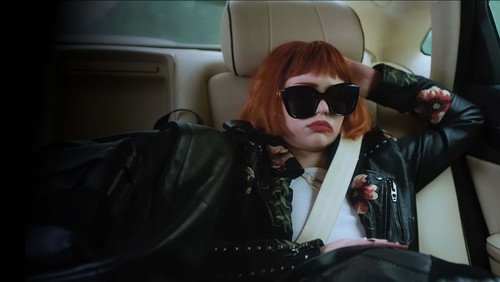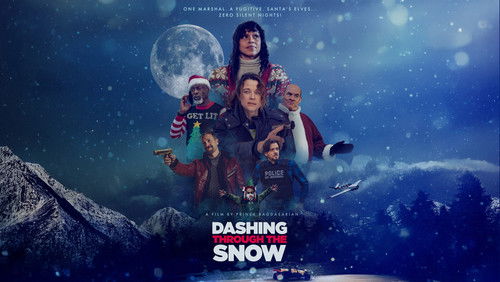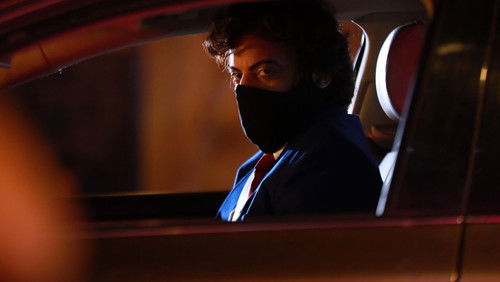Joe Bullet (1973)
42KJoe Bullet: Directed by Louis de Witt. With Ken Gampu, Joe Lopez, Abigail Kubeka, Jimmy Sabe. When a mysterious gangster starts sabotaging soccer team The Eagles’ chance at winning the upcoming championship final, there is only one man who can save the day…Joe Bullet.
“With the Cook, the Thief, his Wife and her Lover, Greenaway creates a self-contained world that is both a fabrication and abstraction of reality, but also an extremist reflection (nee, microcosm) of British society in the nineteen-eighties. The characters that he chooses to put forward to the audience as protagonists are archetypes of social and political caricatures that we would find in that particular decade; but heightened to conform to the over-the-top opulence/pestilence found central to the plot. His ability to craft characters and situations that resonate beyond the context of a particular scenario, coupled with his bitterness and unwillingness to conform is what sets him up as a satirist of serious note. He also elevates the film beyond the realms of mere art-house experimentation by fashioning a seriously funny script, which has ample opportunities for central character Albert Spica to prove himself the ultimate charismatic bully – part cockney hard man, part pantomime villain – who is never less than compulsively terrifying.u003cbr/u003eu003cbr/u003eThe plot is a simple construct centred on the theme of revenge and the need for personal freedom. This is mixed in with the socio-political undertones as well as Greenawayu0026#39;s many references to art, theatre, film and literature. It is also elevated by the impeccable cinematic qualities that we hold synonymous with the directoru0026#39;s work. Everything here is about pushing things beyond the reasonable limitations; so we have a stunningly intricate set that is both theatrically simplistic, but also as other-worldly as anything from the work of say Gilliam or Jeunet. The costumes by Jean Paul Gaultier scream over-the-top chic, whilst often mirroring the use of colour employed by the production designers. Greenaway even breaks continuity by having Helen Mirrenu0026#39;s costumes change colour as she moves through each room of the restaurant, so that we have a green dress in the kitchen, a red dress in the dinning area (inspired by Hitchcocku0026#39;s vertigo no less) and a white dress in the lavatory. Itu0026#39;s an audacious move, but one that pays off in the creation of a completely self-contained world; something that is further established by Sacha Viernyu0026#39;s sumptuous cinematography and the wonderfully bombastic music of the ever-excellent Michael Nyman.u003cbr/u003eu003cbr/u003eSome have clearly found the filmu0026#39;s various abstractions problematic (yes, it is theatrical, yes it is occasionally shocking, and yes, it does evolve in a world of its own ostentatious creation). But itu0026#39;s also as artistic a film as you can get; a fact that some here have disputed. The reason that some define this as artistic refers to the use of colour, light and composition. The architecture of the sets too, and the way in which the production designers have chosen to dress them also adds to the artistic stylisation of the film. These factors are important to the narrative, as they are symbolic to what Greenaway is trying to convey, as well as what the characters are all about. Because of this, the design of the film becomes AS important as the framework, if not more so. But this film is more than a mere arty exploration; itu0026#39;s funny and intelligent and features a slew of great performances from a wonderfully eclectic cast. Michael Gambon as the thief Spica gives a grandstand performance to rival his own Phillip Marlow from The Singing Detective; hamming things up spectacularly but still retaining that much needed sense of humanity. The same can be said of the other principals too.u003cbr/u003eu003cbr/u003eMirren as the wife exudes a quite and restrained sexuality in what must be her best performance, whist Richard Bohringer as the cook is in some represents the linchpin/catalyst for the film. Elsewhere we find everyone from Tim Roth to Ian Dury popping up to give the film some added character and easily furthering the filmu0026#39;s already cult appeal. This was a turning point for Greenaway; a move towards the more expressive, elaborate and self-contained style of film-making found in films like Prosperou0026#39;s Books and the Baby of Maçon and away from the more easy to digest classics like the Draughtsmanu0026#39;s Contract, Drowning by Numbers and A Zed and Two Noughts.”









